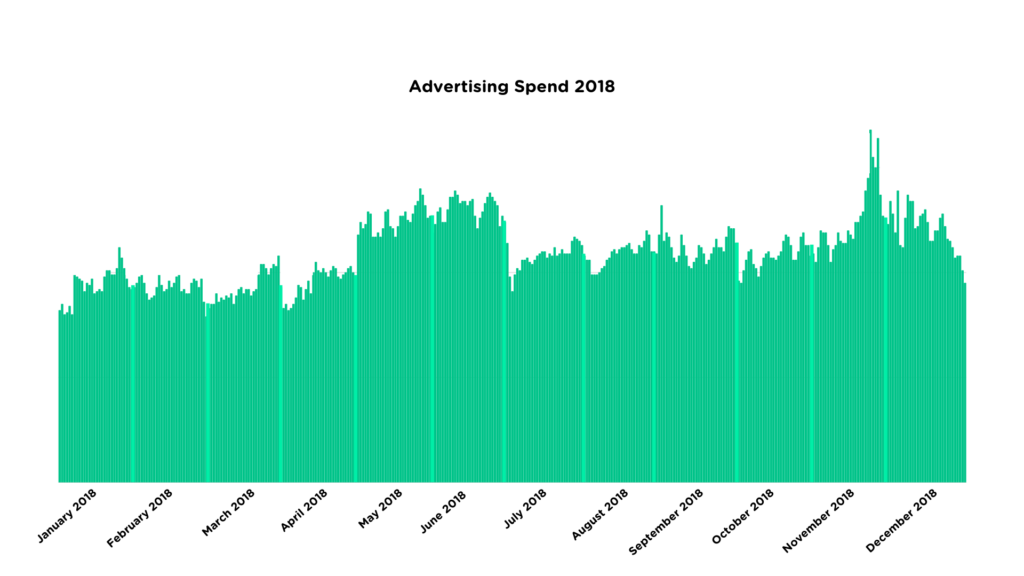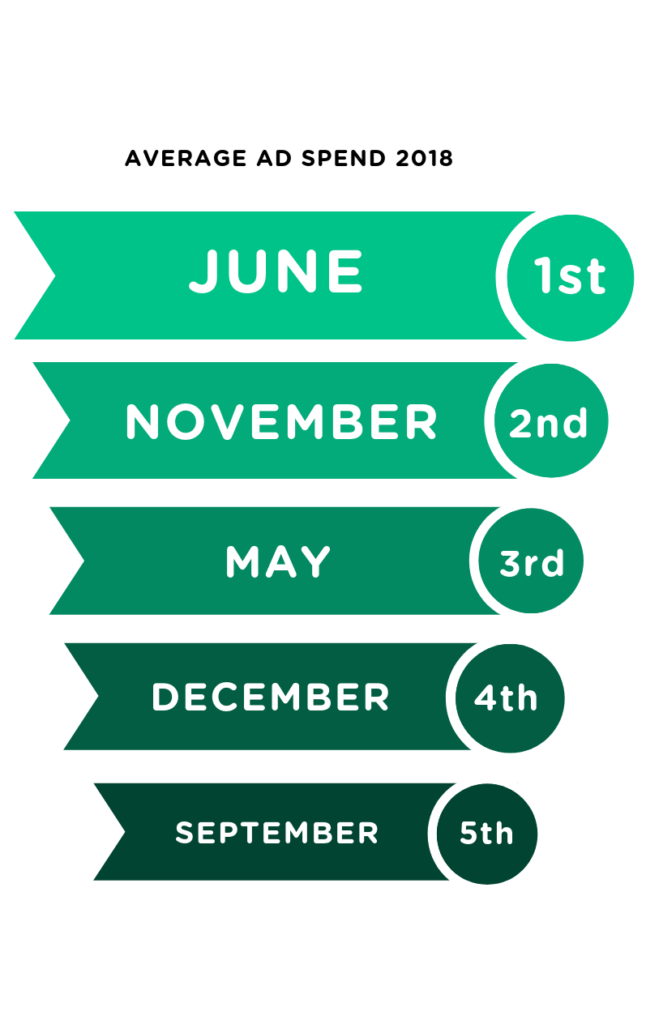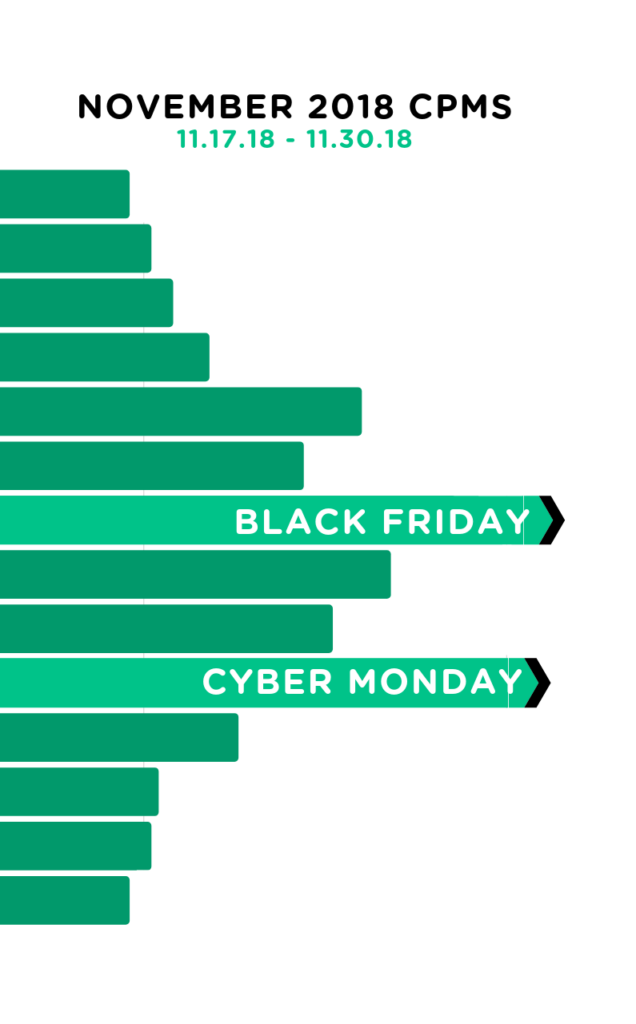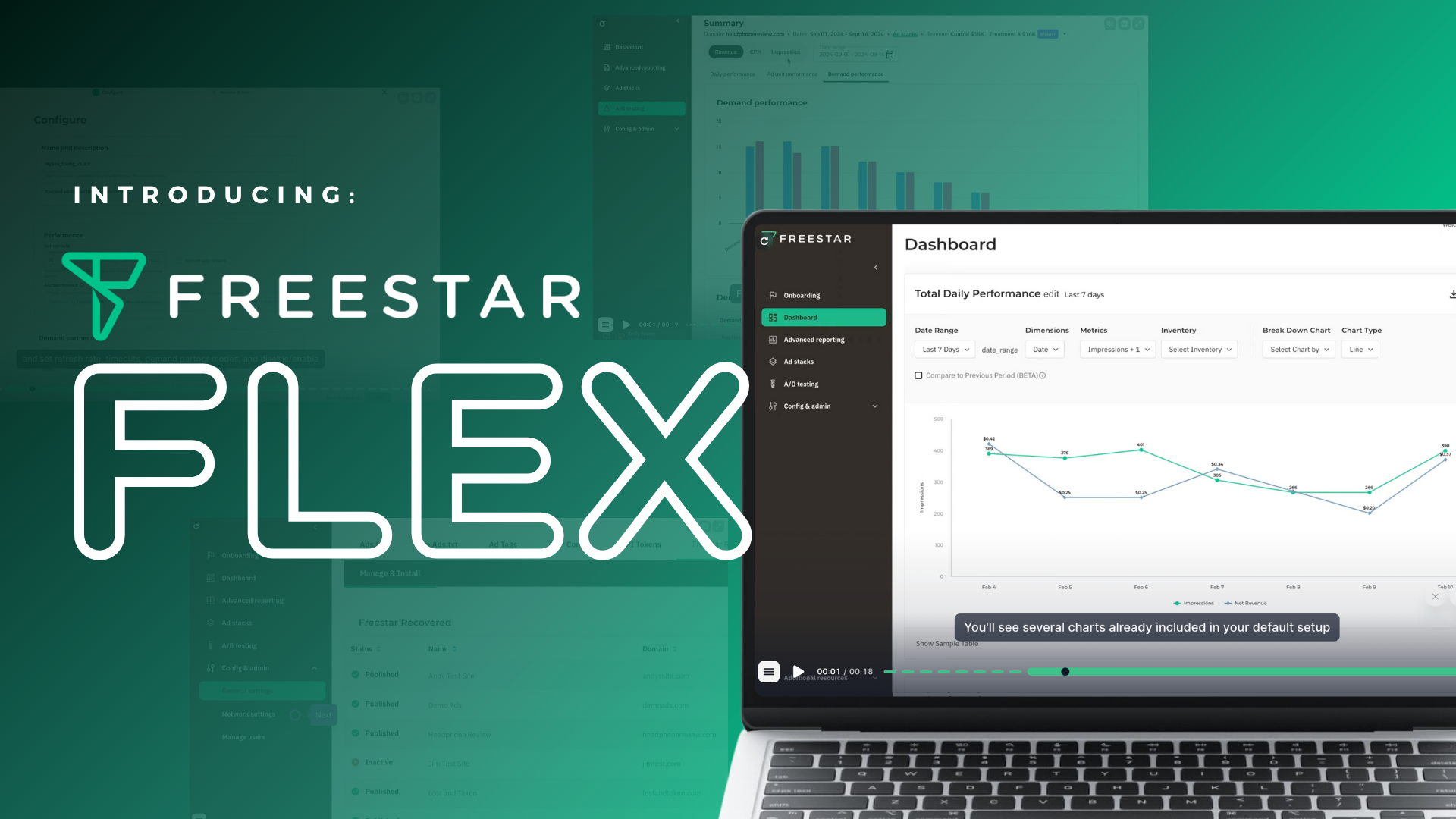In this post we will attempt to answer the commonly asked question, “Why did my CPMs suddenly drop?”
It’s no secret that seasonality plays a large role in the digital advertising industry and has a direct impact on CPM performance. However, it is important to note that a site’s CPMs can fluctuate due to a variety of factors. Not to mention 2020 circumstances throwing everyone for a loop. However, we are going to focus on a typical year’s spend, and consider 2020 an outlier. That being said, numbers will vary by site and vertical so it is unrealistic to assume every site’s performance will be affected by the same things. In fact, 2020 might not have had that much of an effect on your site if you were in the home and gardening space but could have been drastically impacted if you were in the travel or entertainment industries. That being said, reports will show that most advertising companies tend to follow a consistent spend pattern throughout the year. In this post, we will share valuable data-driven insights for publishers that will unveil when and why there are performance highs and lows and how to maximize revenue when it matters most.
Typical Buyer Behavior
One of our Senior Yield Managers has a great deal of experience having worked on both the buy and the sell-side of the advertising spectrum and they were able to give authentic insight as to why advertisers behave the way they do.
A majority of spend behavior correlates with online traffic trends. Essentially, when online traffic is high, spend rises with it and as online activity dips, so does spend.
It should also be noted that companies typically have quarterly evaluations which require them to exhaust their budgets by the end of the quarter. This is why the end of a quarter is notorious for high CPMs and large revenue bumps.
Within each quarter, advertisers usually buy on a 30 day spend. Since the typical timeline is 30 days rather than 31 days, the 31st of the month may show poor performance due to budgets resetting.
When Should I Expect CPMs to dip?
While everything in this post can vary, the graph below suggests rough industry trends using Freestar’s network data from 2018. We will use this data to delve into potential CPM drops in the upcoming year.

Quarterly Trends
As you can see, CPMs tend to rise as the year progresses. Q4 is notorious for high performance due to the holiday shopping season, whereas Q1 drops off tremendously as annual budgets reset. Even though the last quarter typically produces the highest CPMs, it is important to remember that during the beginning of all quarters, regardless of the time of year, CPMs will typically dip.
Monthly Trends
While a majority of advertising companies evaluate on a quarterly basis, we should also be aware of trends happening month over month. Publishers historically see their CPMs dip at the beginning of each month, regardless of the quarter.
What might come as a surprise to some is that not all the highest performing months were in Q4. It is important to note that vertical will also have a large impact on CPM fluctuation. Verticals whose endemic seasonality is the best during other parts of the year may find different results. For instance, playoff sports in May/June will impact websites tailored to sports fans. Home and garden sites may find the winter months produce some of their lowest numbers due to the nature of gardening falling in the spring/summer. With that said, according to the data we pulled above, the months with the highest average ad spend in 2018 were as follows:

Daily Trends
To get as granular as possible, we pulled an Ad Exchange report across the Freestar Network broken out by day of the week going back until October 2018. As you can see, CPMs dip Sunday-Wednesday and tend to rise over the weekend, with the highest CPM typically falling on Saturday.






Holiday Trends
Advertising spend in June was likely as high as it was because it falls at the end of the second quarter. However, the drop off heading into July is noteworthy for a few reasons. Not only are budgets resetting, but advertisers may also be lightening their spend due to the Fourth of July. Being a cherished American holiday, most people typically spend their time off with friends and family and not sitting in front of a computer screen. In short, advertisers won’t exhaust their budgets during periods where their ads won’t get in front of enough viewers.
On the other hand, November shows an incredible increase in spending towards the end of the month. The biggest days for online shopping happen to fall at the end of November: Black Friday and Cyber Monday. Advertisers wait until internet usage is at its highest to drop the big bucks, making it a win-win for all parties involved.

How Can I Offset These Dips?
Now that you’re aware of the effects of seasonality, we’ll discuss some things you can do to counteract the cost of a lower CPM. There are things you can do to raise CPMs, like taking an ad unit off your site, however, this isn’t necessarily recommended because it could have a negative impact on overall revenue. We suggest shifting focus from the lower CPM and taking steps to maximize revenue during these times.
One of the ways you could do this is through direct deals. If you have direct campaigns, you should always try to sell those towards the beginning of the quarter to offset lower programmatic spend. One of our publishers has had tremendous success using this method. They sold a large campaign and set it to go live on January 1st, and when programmatic dropped off, they were still getting $9 CPMs!
Another optimization to consider is talking to us about lowering price floors during lull periods. By lowering your floors, it allows for a higher fill rate since bids are coming in lower. As the month/quarter continues, slowly ramping up price floors as buying goes up can be a good way to keep revenue as consistent as possible. At Freestar, we can monitor your floors and adjust as needed if this is something you would be interested in trying.
Lastly, another great resource Freestar can provide publishers is a one on one meeting with our yield team. They’ll introduce the best opportunities for new ad units on a site by site and page by page basis, suggest the products most practical for your site layout and can walk you through ways to maximize your revenue all while keeping the experience of your audience top of mind.
Photo Credit: Isaac Smith on Unsplash




